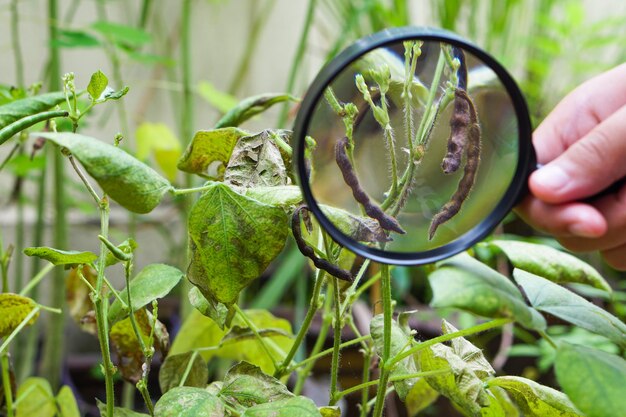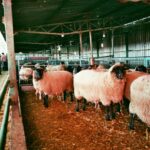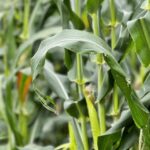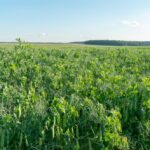Plant diseases pose a significant threat to global food security, reducing crop yields and causing economic losses for farmers. Traditional disease detection methods, such as manual inspection and laboratory testing, are often time-consuming and require expert knowledge. However, advancements in machine learning (ML) are revolutionizing how plant diseases are detected, allowing for faster, more accurate, and cost-effective solutions.
How Machine Learning Works in Plant Disease Detection
Machine learning algorithms analyze large datasets to identify patterns and make predictions. In the context of plant disease detection, ML models are trained using images of healthy and diseased plants. These models learn to recognize symptoms such as discoloration, spots, wilting, or fungal growth. Once trained, ML algorithms can analyze new plant images and diagnose diseases with high accuracy.
The process typically involves:
- Data Collection – Gathering images of crops at different stages of disease progression.
- Preprocessing – Enhancing image quality, segmenting leaves, and removing background noise.
- Feature Extraction – Identifying key disease markers such as color changes, texture, and shape.
- Model Training – Using algorithms like Convolutional Neural Networks (CNNs) to classify plant diseases.
- Prediction and Diagnosis – Applying the trained model to new images to detect and identify diseases.
Popular Machine Learning Algorithms for Plant Disease Detection
- Convolutional Neural Networks (CNNs)
CNNs are widely used for image-based plant disease detection. These deep learning models automatically extract features from images, making them highly effective in classifying plant diseases with high accuracy. - Support Vector Machines (SVMs)
SVMs classify plant diseases by drawing decision boundaries between different disease categories based on extracted features. They are effective in cases where datasets are smaller. - Random Forest
This algorithm uses multiple decision trees to classify plant diseases based on symptom patterns. It is known for its robustness and ability to handle complex datasets. - K-Nearest Neighbors (KNN)
KNN classifies plant diseases by comparing new plant images with previously labeled images. It works well for simple classification tasks but can be slow with large datasets.
Benefits of Using Machine Learning for Early Disease Detection
- Faster Diagnosis – ML models can detect plant diseases in seconds, enabling quick action to prevent crop loss.
- High Accuracy – Advanced algorithms can detect diseases with accuracy levels exceeding 90%, reducing human error.
- Cost-Effective – Farmers can use smartphones or drones equipped with ML-powered apps to monitor plant health without needing expensive laboratory tests.
- Real-Time Monitoring – IoT-enabled sensors combined with ML algorithms allow continuous plant health tracking, providing early warnings before diseases spread.
- Sustainable Farming – Early detection helps minimize the use of pesticides by targeting only affected plants, reducing chemical overuse and environmental impact.
Challenges and Future Prospects
Despite its potential, ML-based plant disease detection faces challenges such as the need for large, high-quality datasets and the ability to generalize across different environmental conditions. Moreover, integrating ML with IoT and remote sensing technologies will be crucial for developing more scalable solutions.
As technology advances, we can expect more sophisticated AI models capable of detecting multiple diseases simultaneously, adapting to different plant species, and providing real-time recommendations for disease management.
Machine learning is transforming plant disease detection by enabling early, accurate, and cost-effective diagnosis. By leveraging AI-powered tools, farmers can protect their crops, reduce losses, and contribute to global food security. As research and innovation continue, ML-based plant disease detection will play a key role in the future of precision agriculture.
Join 'Farmers Mag' WhatsApp Channel
Get the latest Farming news and tips delivered straight to your WhatsApp
CLICK HERE TO JOIN






